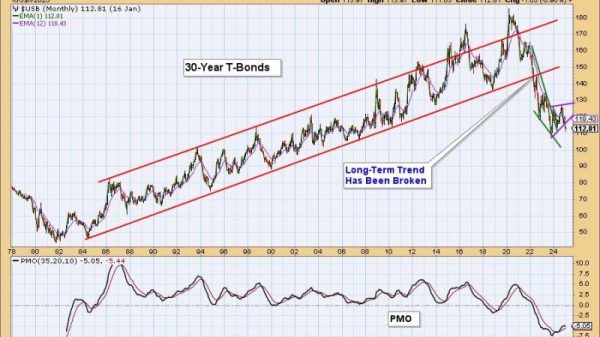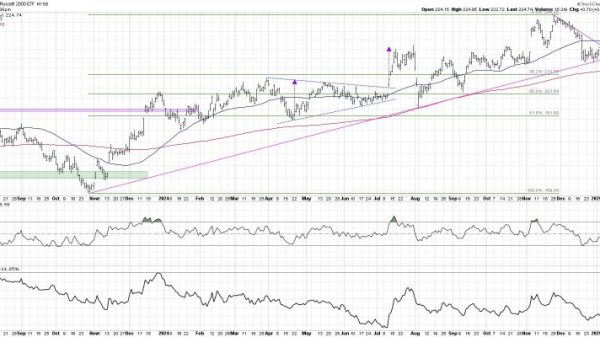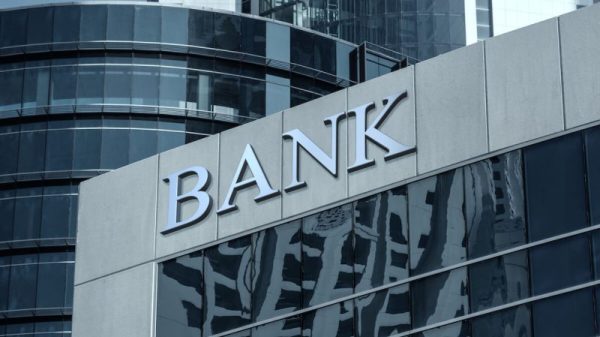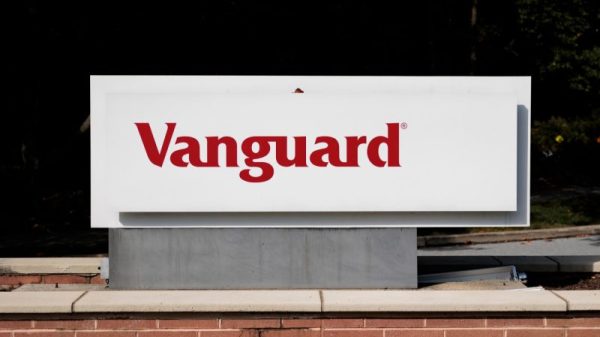Prices for Brent and West Texas crude consolidated through the second quarter of 2024, shedding 2.68 percent and 2.45 percent respectively, between April 1 and the end of June.
The retraction has been attributed to China’s recent interest rate cut and declining crude oil imports signaling a potential weakening in demand. This issue was exacerbated by poor refining margins globally and concern that oil sector majors were forecasting lower second-quarter earnings, all adding to further downward pressure on prices.
As the oil sector contracted, natural gas registered a small 0.78 percent gain over the three-month period rising from US$1.81 on April 1, to US$2.59 at the end of June.
According to the IEA, the gas segment found stability due to a milder than expected winter and positive supply fundamentals.
Oil prices hit quarterly highs before May decline
Brent and West Texas crude saw prices reach a quarterly and half year high in April when values touched US$91.13 and US$86.94 per barrel (bbl), respectively. However, those levels would prove unsustainable as prices fell significantly by May 1.
According to a report from the International Energy Agency (IEA), in March and early April, benchmark crude oil prices continued their upward trend, driven by heightened geopolitical tensions and expectations of a tighter supply-demand balance for the rest of the year.
“Brent crude futures breached the symbolic $90/bbl threshold on 5 April, up nearly $8/bbl from early March, reaching the highest level since October 2023, amid heightened tensions between Israel and Iran,” it read.
“Russian refinery outages added to product market unease, while OPEC+ put pressure on some countries to increase compliance with agreed voluntary production cuts through 2Q24.”
Despite global oil demand growth of 1.6 mb/d in the first quarter and a more positive economic outlook, the IEA has revised its annual growth forecast down to 1.2 million barrels per day (mb/d) due to weak deliveries to The Organisation for Economic Co-operation and Development (OECD) countries.
As other factors began to come into focus prices began to retreat from their year-to-date highs.
Prices fall amid market volatility
After registering a half year high in April, prices spent the rest of the quarter contracting. By the beginning of May prices for Brent crude had shrunk by 8.48 percent from its H1 high of US$91.13.
Similarly, WTI contracted 8.98 percent from its H1 high of US$86.94.
Dubbed “The Spring Sell Off” values for benchmark oil fell despite a tightening of supply, the IEA noted.
The significant sell-off this spring was most pronounced in the middle distillate markets, with diesel and jet fuel prices dropping sharply, an IEA report from May stated.
Although there is concern about a decline in production in OPEC+ countries, world oil supply is forecasted to rise by 580,000 barrels per day (kb/d) in 2024, reaching a record 102.7 million barrels per day (mb/d).
This increase is driven by a 1.4 mb/d rise in non-OPEC+ output, while OPEC+ production is expected to decrease by 840 kb/d due to voluntary cuts.
Some of that increased output may be carried by Canada’s US$25 billion Trans Mountain pipeline expansion (TMX) which entered commercial service in May after 12 years of delays.
The 1,150-kilometer pipeline, managed by the federal Trans Mountain Corporation, connects Alberta to British Columbia and is expected to transport 890,000 barrels of oil daily to the west coast.
The project encountered several legal challenges, environmental impact assessments, and natural disasters which prolonged its opening for over a decade.
Slipping prices provide investment catalyst
Canada isn’t the only country investing heavily in the oil sector.
As noted in an International Energy Forum report, annual oil and gas upstream capital expenditures rose by US$63 billion year-on-year in 2023 and are forecasted to rise another US$26 billion in 2024, surpassing US$600 billion for the first time in a decade.
“Upstream investment in 2024 is expected to be more than double 2020’s low of US$300 billion and be well above 2015-2019 levels of US$425 billion,” the report read.
It continued: “More than a third of the spending will come from North America this year. However, Latin America is expected to be the largest source of incremental capex growth in 2024, surpassing North America for the first time since at least 2004.”
Although investment is expected to reach decade high levels in 2024, the IEF says more money will be needed over the next six years to support rising demand.
As noted in the Upstream Oil and Gas Investment Outlook as much as US$4.3 trillion in investments will be needed between 2025 and 2030. This substantial capital expenditure is driven by projected increases in oil demand, which is expected to rise from 103 mb/d) in 2023 to nearly 110 mb/d by 2030.
‘More investment in new oil and gas supply is needed to meet growing demand and maintain energy market stability, which is the foundation of global economic and social wellbeing,’ said Joseph McMonigle, Secretary General of the IEF. ‘Well-supplied and stable energy markets are critical to making progress on climate, because the alternative is high prices and volatility, which undermines public support for the transition as we have seen in the past two years.’
The majority of that new investment will go to non-OPEC+ countries, the United States and Canada. However, Latin American nations will also an integral role in increasingly non-OPEC supply growth. Specifically, expansions of conventional crude output from Brazil and Guyana.
While increased investment and production in the oil and gas sector may seem at odds with the clean energy transition the report’s authors believe the heightened investment supports energy security ultimately aiding the transition.
‘A just, orderly and equitable transition requires a foundation of energy security,’ it says. ‘The past two years have demonstrated the consequences of ‘disorderly’ transitions: price shocks, shortages, disruptions, political backlash, bitter divisions and conflict.’
More price volatility ahead
Prices continued to trend lower through to June 4, when values fell to a Q2 low of US$77.45 (Brent) and US$73.13.
FocusEconomics’ panelists attributed the dip to OPEC+’s unexpected decision on 2 June to begin winding down output curbs from October 2023.
A subsequent price rise correlated with mounting geopolitical strife between Israel and Iran-backed Hezbollah, saw prices end the Q2 session at US$85.06 (Brent) and US$81.58 slightly down from the start position.
Looking to the near term FocusEconomics is forecasting “prices to rise slightly by
Q4 from June levels and increase over 2024 as a whole compared to 2023.”
“The oil market is set to move into a slight deficit, but, with OPEC+ due to begin winding back output curbs from October, it will do so gradually,” the July Consensus Forecast stated. “Key factors to watch include major central banks’ monetary policy, the health of China’s economy, future OPEC+ decisions and geopolitical tensions in Eastern Europe and the Middle East.”
Longer term the IEA is projecting oil demand to peak in 2030, near 106 mb/d. After that the electric vehicle sector’s market share is expected to grow and boast more than 1000 models, while internal combustion engine sales are expected to decline at a rate of 2 percent or more annually.
This reduction in the key end use segment for the oil sector is likely to lead to a supply glut, according to the IEA.
“As the pandemic rebound loses steam, clean energy transitions advance, and the structure of China’s economy shifts, growth in global oil demand is slowing down and set to reach its peak by 2030. This year, we expect demand to rise by around 1 million barrels per day,” said IEA Executive Director Fatih Birol. “This report’s projections, based on the latest data, show a major supply surplus emerging this decade, suggesting that oil companies may want to make sure their business strategies and plans are prepared for the changes taking place.”
With all this in mind FocusEconomics panelists are forecasting spot prices for Brent crude to sit at US$83.53 in Q4 2024, and around US$78 in Q4 2025. For WTI the economic analysis firm expects prices to hold at US$79.35 in Q4 2024 and hover in the US$74 range in Q4 2025.
“By Q4, prices should remain roughly stable compared to June levels,” it read. “ Over 2024 as a whole, prices should increase from 2023, as global supply is set to hit a slight deficit on robust non-OECD demand and continuing OPEC+ restrictions on output. The health of the Chinese economy, major central banks’ monetary policy, future OPEC+ decisions and the wars in Gaza and Ukraine are key factors to monitor.”
Natural gas prices see steady increase in Q2
On the natural gas side prices steadily trended higher over the 90-day period that makes up Q2. The positive price trend was influenced by several key factors, most prevalent was the unseasonably mild winter, which, along with improving supply fundamentals, kept the market relatively stable.
By mid-May prices had added US$1.10 to values holding in the US$2.90 range.
Despite the overall mild conditions, several severe cold snaps caused significant demand spikes across the Northern Hemisphere which added tailwinds to the market.
Over the second quarter natural gas consumption increased modestly, driven primarily by higher usage in the power and industrial sectors, though residential and commercial demand in the US and Europe fell due to the mild winter.
Price reaches H1 high
By June 11, market fundamentals aided in the gas price rising to a 2024 high of US$3.11, marking the first time since November 2023 that values surpassed US$3.
The market found support from geopolitical concerns.
“Concerns about supply disruptions rose in June as a European court ordered the Russian firm Gazprom to pay billions in damages to a German utility company. Gazprom is unlikely to pay up, potentially leading to the rerouting of the firm’s remaining European clients, a move which could lead Gazprom to halt gas flows to Europe,” read a July FocusEconomics report.
By the end of the month some of the positivity had waned and prices retreated to the US$2.59 level.
For Q4 2024, “prices are seen averaging higher than in June due to seasonal heating demand. However, for 2024 overall, prices should decrease from 2023 levels,” the FocusEconomics report noted.
“The EU should achieve at least 90 percent full inventories by winter, thanks to high existing stocks, muted industrial output, and stronger renewables demand. A key upside risk is potential supply disruptions.”
Panelists are forecasting prices to average US$2.99 in Q4 and US$3.56 in Q4 2025.
Securities Disclosure: I, Georgia Williams, hold no direct investment interest in any company mentioned in this article.





























